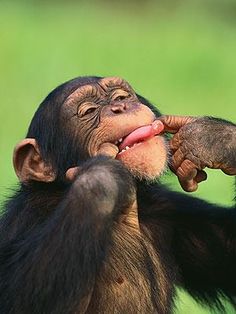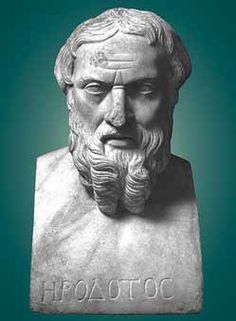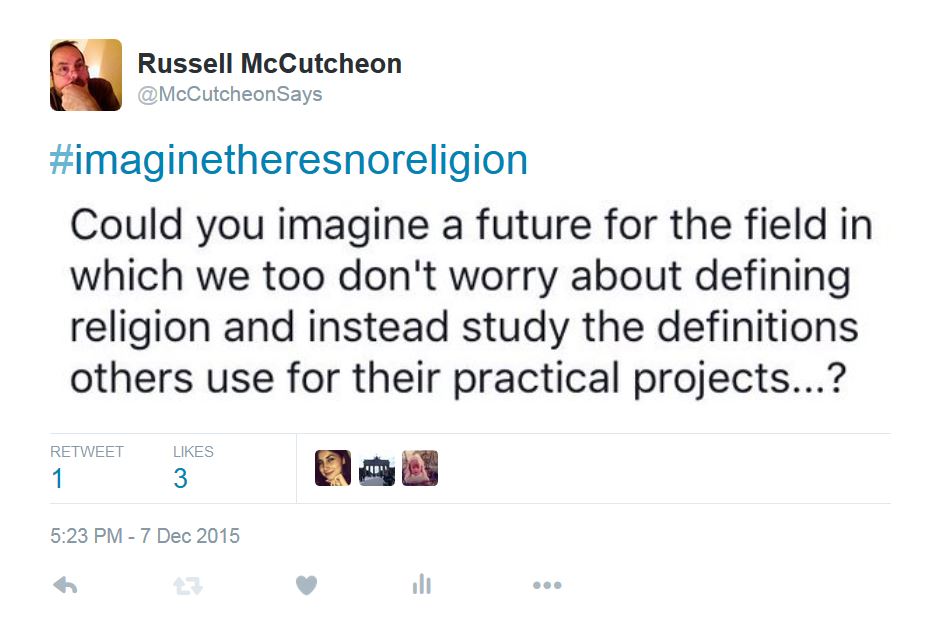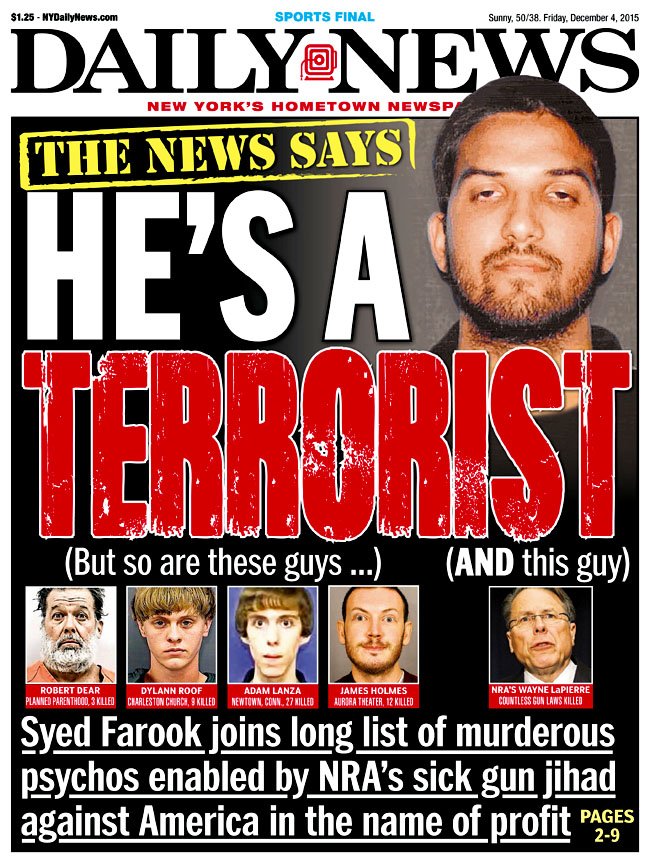 The reporting surrounding President Obama’s nomination of Merrick Garland as Supreme Court justice both reveals and complicates the concept of privilege in an intriguing manner. Many of the articles, such as this Politico piece, were notable for what they refrain from stating, that he is a white male. This contrasts with the emphasis on ethnicity and gender in earlier pieces about those being considered for the position, such as Attorney General Loretta Lynch and Judge Sri Srinivasan. After the Garland nomination announcement, one article noted Garland’s judicial experience and legal training and specified how he would not add diversity to the Supreme Court. The article continued, referencing Justice Sonya Sotomayor as Latina and Srinivasan as both Hindu and Asian-American. The choice not to relate Garland’s racial, ethnic, and gender identifications reflects the privilege of a white male in the United States. Continue reading “The Privilege of Being Unremarkable”
The reporting surrounding President Obama’s nomination of Merrick Garland as Supreme Court justice both reveals and complicates the concept of privilege in an intriguing manner. Many of the articles, such as this Politico piece, were notable for what they refrain from stating, that he is a white male. This contrasts with the emphasis on ethnicity and gender in earlier pieces about those being considered for the position, such as Attorney General Loretta Lynch and Judge Sri Srinivasan. After the Garland nomination announcement, one article noted Garland’s judicial experience and legal training and specified how he would not add diversity to the Supreme Court. The article continued, referencing Justice Sonya Sotomayor as Latina and Srinivasan as both Hindu and Asian-American. The choice not to relate Garland’s racial, ethnic, and gender identifications reflects the privilege of a white male in the United States. Continue reading “The Privilege of Being Unremarkable”
Making Meaning
 This semester I’m teaching a course on the uses of anachronism in the study of the ancient Greek world, one such anachronism being the concept of religion itself (for it is hardly a local term in the ancient Greek world). Last week, just before class, I happened to stumble across an article that made the rounds on Facebook entitled “Mysterious Chimpanzee Behavior May be Evidence of ‘Sacred’ Rituals.” The title of the article was enough to catch my attention: “mysterious” along with “sacred rituals”? Definitely this was something that I could share with my students. Continue reading “Making Meaning”
This semester I’m teaching a course on the uses of anachronism in the study of the ancient Greek world, one such anachronism being the concept of religion itself (for it is hardly a local term in the ancient Greek world). Last week, just before class, I happened to stumble across an article that made the rounds on Facebook entitled “Mysterious Chimpanzee Behavior May be Evidence of ‘Sacred’ Rituals.” The title of the article was enough to catch my attention: “mysterious” along with “sacred rituals”? Definitely this was something that I could share with my students. Continue reading “Making Meaning”
Now You Have Taken It Too Far
 This semester I’m teaching an introductory course on the Study of Religion, that is, looking at scholarly definitions and scholarly approaches to the study of religion. We’re exploring among other things, together with my students, questions like what is the study of religion? What is at stake in naming/defining/classifying things in this or that way? Although this early in the semester one question that prevails is: Continue reading “Now You Have Taken It Too Far”
This semester I’m teaching an introductory course on the Study of Religion, that is, looking at scholarly definitions and scholarly approaches to the study of religion. We’re exploring among other things, together with my students, questions like what is the study of religion? What is at stake in naming/defining/classifying things in this or that way? Although this early in the semester one question that prevails is: Continue reading “Now You Have Taken It Too Far”
The Sun Never Sets on the Study of Religion
 Lots of scholars of religion are focused these days on studying such things as implicit religion, the Nones, or almost any other so-called worldview that people might be said to work with or inhabit (e.g., many are hot on the trail of secularism). What I find interesting about all this is the way in which a professional identity is being recreated, by those who work in this field, in the face of twenty year’s worth of critiques of the category religion itself (pretty obviously the field’s primary organizing concept); for it seems that the more the term is criticized (as being a Latin-based signifier that was exported in the age of colonial contact, making it hardly the universal designator that it was once thought to be — see here for a good primer on this argument) the more data these scholars seem to have to study. Consider the so-called Nones — those who answer a few questions on a survey, about belief in God or attendance at church, and who are now thought by many to comprise a cohesive social, political force: scholars of religion are intent on studying them despite their adamant denial that they’re religious. What’s curious is that while many such scholars criticize those of peers who fail to take the insider’s viewpoint seriously, as they might say, yet here, in the case of the Nones, people’s refusal to identify as religious is hardly a barrier to eager scholars of religion. Continue reading “The Sun Never Sets on the Study of Religion”
Lots of scholars of religion are focused these days on studying such things as implicit religion, the Nones, or almost any other so-called worldview that people might be said to work with or inhabit (e.g., many are hot on the trail of secularism). What I find interesting about all this is the way in which a professional identity is being recreated, by those who work in this field, in the face of twenty year’s worth of critiques of the category religion itself (pretty obviously the field’s primary organizing concept); for it seems that the more the term is criticized (as being a Latin-based signifier that was exported in the age of colonial contact, making it hardly the universal designator that it was once thought to be — see here for a good primer on this argument) the more data these scholars seem to have to study. Consider the so-called Nones — those who answer a few questions on a survey, about belief in God or attendance at church, and who are now thought by many to comprise a cohesive social, political force: scholars of religion are intent on studying them despite their adamant denial that they’re religious. What’s curious is that while many such scholars criticize those of peers who fail to take the insider’s viewpoint seriously, as they might say, yet here, in the case of the Nones, people’s refusal to identify as religious is hardly a barrier to eager scholars of religion. Continue reading “The Sun Never Sets on the Study of Religion”
What’s Your Definition of Religion?
 I had the good fortune the other week to do a virtual class visit, via Skype, with Brad Stoddard’s students at McDaniel College. To get things going, one of his students asked me a question; given that they’d read a little of an intro book I wrote, that’s concerned with issues surrounding defining religion, it concerned how I define religion. Continue reading “What’s Your Definition of Religion?”
I had the good fortune the other week to do a virtual class visit, via Skype, with Brad Stoddard’s students at McDaniel College. To get things going, one of his students asked me a question; given that they’d read a little of an intro book I wrote, that’s concerned with issues surrounding defining religion, it concerned how I define religion. Continue reading “What’s Your Definition of Religion?”
Expanding the Terrorist Label
 Robert Dear’s attack on the Planned Parenthood clinic in Colorado Springs just over a week ago and the shooting in San Bernardino last week have brought the question of who is identified as a terrorist back into the limelight. Lots of people have highlighted how the ethnicity or religious identification of the attacker has often influenced whether the attacker is identified as a terrorist or a mentally disturbed individual in a lone wolf attack. The Daily News cover following the San Bernardino shootings (4 December 2015, pictured above) illustrated this critique by identifying Ronald Dear, Dylan Roof, Adam Lanza, and James Holmes as terrorists, as well as the NRA’s Wayne LaPierre. In this cover and statements from figures like Mike Huckabee (calling Dear’s actions “domestic terrorism”), the critiques of the reluctance to apply the terrorist label to white Christian attackers have won a victory, of sorts. Continue reading “Expanding the Terrorist Label”
Robert Dear’s attack on the Planned Parenthood clinic in Colorado Springs just over a week ago and the shooting in San Bernardino last week have brought the question of who is identified as a terrorist back into the limelight. Lots of people have highlighted how the ethnicity or religious identification of the attacker has often influenced whether the attacker is identified as a terrorist or a mentally disturbed individual in a lone wolf attack. The Daily News cover following the San Bernardino shootings (4 December 2015, pictured above) illustrated this critique by identifying Ronald Dear, Dylan Roof, Adam Lanza, and James Holmes as terrorists, as well as the NRA’s Wayne LaPierre. In this cover and statements from figures like Mike Huckabee (calling Dear’s actions “domestic terrorism”), the critiques of the reluctance to apply the terrorist label to white Christian attackers have won a victory, of sorts. Continue reading “Expanding the Terrorist Label”
Freedom Fighter or Prophet
 “Look! . . . Up in the sky. . . . It’s a bird. . . . It’s a plane. . . . No, it’s Superman!” When someone points out something in the distance, like an object flying through the sky, it can be hard to recognize just what it is. We attempt to name it, place it in a clear category, but sometimes our categories don’t fit, especially when working with complex societies, and the category that we attempt to force it into often influences what we actually see.
“Look! . . . Up in the sky. . . . It’s a bird. . . . It’s a plane. . . . No, it’s Superman!” When someone points out something in the distance, like an object flying through the sky, it can be hard to recognize just what it is. We attempt to name it, place it in a clear category, but sometimes our categories don’t fit, especially when working with complex societies, and the category that we attempt to force it into often influences what we actually see.
Arkotong Longkumer, in Reform, Identity and Narrative of Belonging (a 2010 book on the Heraka movement in northeast India), analyzes an intriguing community and movement that engaged politics, economics, social change, ritual shifts, and ethnicity, to name a few areas of interest. The context of the movement was the increasing imposition of British rule in the region in the early twentieth century, including the British encouragement of immigration to the area that disrupted the traditional migration cycle and the agricultural system that required it. The simultaneous opportunity for education and government jobs combined with the necessity of alternative forms of labor in the wake of declining agricultural production. All of this required a revision in ritual practices and social restrictions to reduce the expense of animal sacrifices and the limitations on mobility and individual independence from the community, as they adapted to the changing environment. The contexts also fostered interest in uniting different groups politically in opposition to, at times, the British and other communities. In fact, the image above of one of the leaders is entitled “Indian Freedom Fighter”. Continue reading “Freedom Fighter or Prophet”
Green Means Go?
 Debates over religion and science have long bothered me and the problems could not be any better illustrated than this recent Tweet. Continue reading “Green Means Go?”
Debates over religion and science have long bothered me and the problems could not be any better illustrated than this recent Tweet. Continue reading “Green Means Go?”
Cue Blondie
 In a recent post on another site, devoted to a US Supreme Court case on whether a nativity scene could be legally erected by a city using taxpayers’ money, I quoted the dissenting judge who argued against that the majority’s conclusion that such public displays did not contravene the First Amendment to the US Constitution; but it evacuated the religious display of its inherently religious meaning, he countered, to say (as they did) that it was just part of the city’s economic development plan. Continue reading “Cue Blondie”
In a recent post on another site, devoted to a US Supreme Court case on whether a nativity scene could be legally erected by a city using taxpayers’ money, I quoted the dissenting judge who argued against that the majority’s conclusion that such public displays did not contravene the First Amendment to the US Constitution; but it evacuated the religious display of its inherently religious meaning, he countered, to say (as they did) that it was just part of the city’s economic development plan. Continue reading “Cue Blondie”
You Are What You Read, with Leslie Dorrough Smith (Part 2)

For a new Culture on the Edge series “You Are What You Read” we’re asking each member to answer a series of questions about books—either academic or non-academic—that have been important or influential on us.
2. Name one of your favorite theory books.
 Bruce Lincoln, Holy Terrors: Thinking About Religion After 9/11 (Chicago: University of Chicago Press, 2003)
Bruce Lincoln, Holy Terrors: Thinking About Religion After 9/11 (Chicago: University of Chicago Press, 2003)
This is one of my favorite theory books because of its approach toward and definition of religion. The definition, which has four parts, revolves around the first component: the foundation of religion, Lincoln asserts, is discourse. What makes religious discourse different from other types of discourse is that it appeals to a transcendent source (the most familiar version of which is “God”), which subsequently sets that claim beyond effective human critique significantly increasing the political weight of such claims. The other three components (practices, communities, and institutions) come to life only insomuch as they are socio-structural manifestations of that discourse. Continue reading “You Are What You Read, with Leslie Dorrough Smith (Part 2)”
